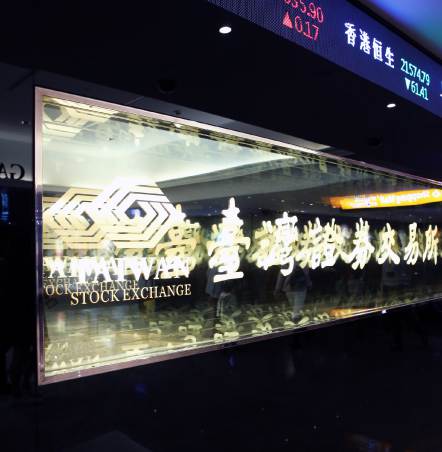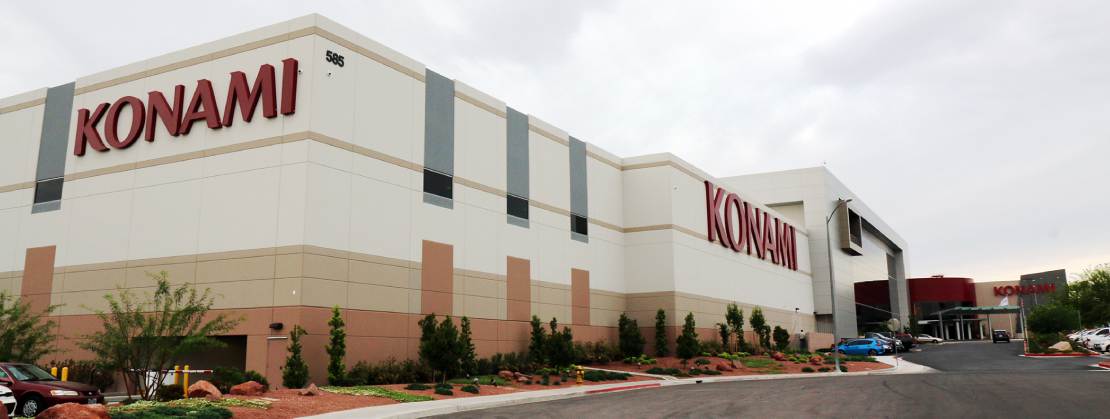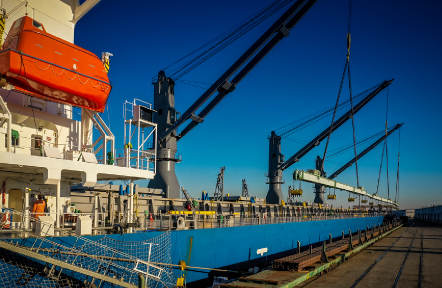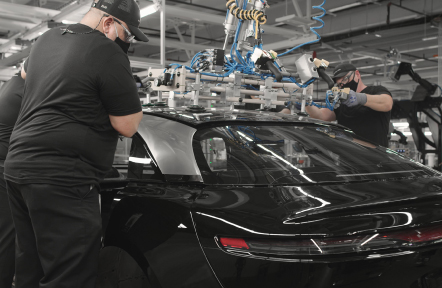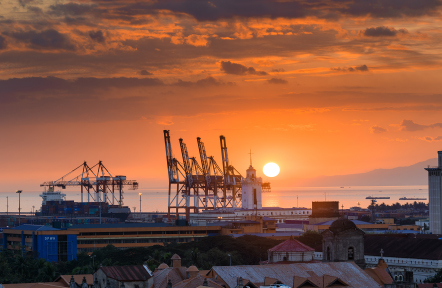
When the economic recession occurred in 2008, the United States and Europe – the centers of the credit crunch – took the harshest blows. One of the regions that escaped the global downturn relatively unscathed was Southeast Asia, and not because their economies were fundamentally more balanced or stronger.
More than ten years before, in late 1997, Southeast Asia was the epicenter of a massive currency meltdown that began in Thailand and spread like a contagion across Indonesia, Malaysia, and South Korea – economies at that time heralded as the so-called Asian Tigers. The smaller economies in the region, such as the Philippines, Hong Kong, and Laos, were not immune to the currency crisis either.
Similar to the 2008 sub-prime mortgage crisis, the 1997 Asian financial crisis was caused by tenuous economic growth fueled by “hot money,” which allowed many governments to borrow heavily and sustain a worrying large foreign debt to GDP ratio.
The downturn was deep and swift; yet resulted in strong resolve to keep currency reserves high, debt-to-GDP ratios manageable, and credit markets stable.
Lesson learned, growth assured
So, Southeast Asia has seen an increase in spending power with the steady growth of GDP, rapid urbanization, and an expanding workforce.
Developing economies in the region also provide several unexploited industries with scant competition, particularly in the tech industry, which is behind that of the West and offer lower costs.
Long a trading and financial hub of Asia, Singapore continues to show the way, evolving into an Asian Silicon Valley, as the government works towards a knowledge-based, high-tech, added-value economy not dependent on natural resources and large land reserves.
In July, Mu Sigma, the India-based decision science and analytics firm funded largely by Sequoia Capital, acquired the social media monitoring tool Webfluenz of Singapore. And Toivo Annus, a co-founder of Skype, has been looking around as well.
But Singapore isn’t just a marketplace for entrepreneurs to shop; it’s in the market too. SingTel’s advertising company, Amobee, revealed plans to acquire American digital advertisers Adconion for US$235 million and Contera for US$150 million.
Singapore’s government knows its strengths and play them fully to their advantage. It prioritizes enterprise development, offers cash grants and tax incentives, and finances schemes to prospective startups.
Other Asian countries aren’t as they struggle against corruption, red tape, and political uncertainty.
For Taiwan, the main concerns are remain intellectual property protection and outdated laws, which have not kept up with the rapid evolution of the Internet economy.
Although the startup scene’s potential has been criticized for being small, investors don’t seem to think so. Silicon Valley-based Sequoia Capital has invested US$6 million in Taiwanese artificial intelligence development company Appier.
Other Taiwanese startups have also attracted foreign investors, such as Volker Heisterman, the co-founder of Yushan Ventures, and Dave McClure of California-based 500Startups, a major investor in PicCollage.
The Philippines, recognized as the social media capital of the world, has caught the attention of venture capitalists because of the Filipinos’ responsiveness to, even fluency in English, an official language of instruction.
With a backdrop described as “budding,” local incubators receive the backing of industry giants. In June, ten promising startups received “early-stage funding” from IdeaSpace, a non-profit incubator-accelerator represented by business mogul Manuel V. Pangilinan.
On its third consecutive year, IdeaSpace still supports successful startups from previous competitions, one of their most successful being PortfolioMNL, a resource for the people in the creative industries. Other standout incubators include Kickstart and Hatchd.
Though Silicon Valley seems to have the right attitude on training and mentoring, Asian countries fall behind in this respect.
While the scene is growing increasingly competitive, there has yet to be a group of startups that emerge strong and promising brands born and bred in in Southeast Asia. Like all ventures, there are risks.
It boils down to vision – on the part of government to provide the right laws and incentives, on the part of VCs to spot the next big app, and on the part of entrepreneurs to build on their unique idea.
- by Bea Osmeña for Global Media

